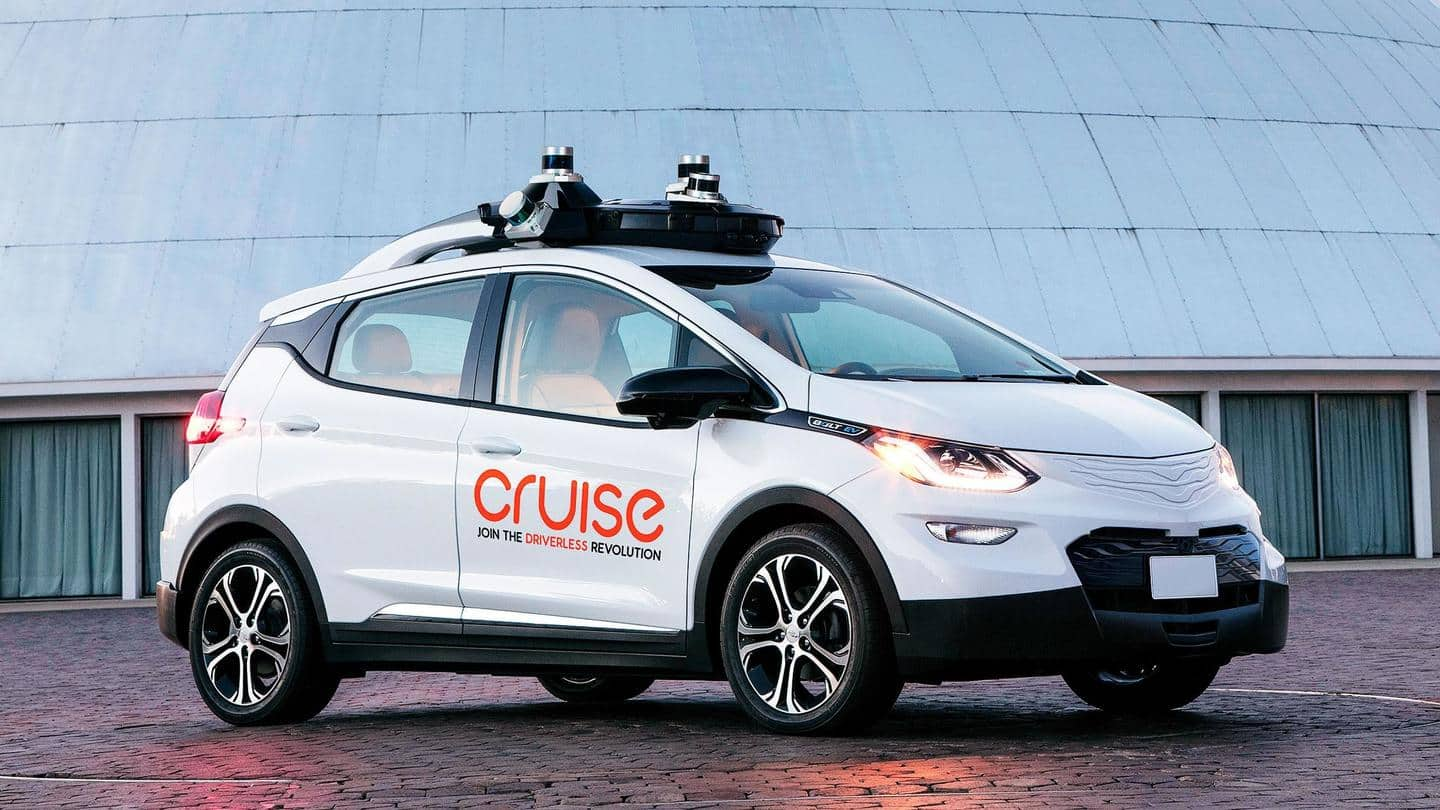
Could autonomous vehicles eventually teach themselves to outperform humans?
What's the story
The safety of autonomous cars has been debatable since the technology's inception, but recent fatal mishaps involving Tesla cars have cast further doubts.
However, Kyle Vogt, the CEO of Cruise Automation, observed one of his company's autonomously driven vehicles give way to a cyclist without being programmed to do so.
Here's what this tells us about the future of autonomous mobility.
Better with time
Autonomous vehicles are set to get better
The initial idea behind autonomous vehicles (AVs) was that using cameras and LiDAR, the car would be able to constantly monitor its surroundings better than a human driver, thus creating a safer environment for all road users.
However, AVs are limited partly by stringent regulations and even more so by their underlying programming, which helps the vehicle "learn and adapt" during real-world use.
Details
AVs moving over to give cyclists room—a good sign
In February, Vogt saw one of his company's AVs clearing the path for a cyclist approaching from behind.
Vogt highlighted that the AV was never programmed to do this.
Importantly, cyclists and bikers are often not noticed by drivers in the US and the UK due to multiple factors including poor mirror adjustment, driving in blind spots, and poor situational awareness in general.
Twitter Post
Vogt shares how an AV reacted to approaching cyclist
Came across one of our AVs nudging over for a cyclist approaching rapidly from behind. Possibly something a human would miss.
— Kyle Vogt (@kvogt) February 12, 2021
But - we did NOT program this behavior! The AVs discovered on their own that this improves safety. What other tricks will they learn? pic.twitter.com/rpGTb6vdFA
Safety first
Data collected during AV's use develops new safety-centric behavior
AVs rely on the inherent predictability of the surrounding vehicles and there's only so much computers can do to ensure the safety of all those involved during an unforeseen event.
VP of Robotics at Cruise, Rashed Haq, emphasized that historical data collected during a system's use would lead to "new behaviors from the objective of safety" that culminate in the behavior that Vogt observed.
Future course
Could we expect performance that exceeds human capabilities?
This behavior of AVs illustrates that humans have limited situational awareness compared to their AV software equivalents. Also, humans handle unforeseen events at a subconscious level while AVs are constantly predicting the future multiple times every second.
It's exciting to imagine how AVs could make roads safer, besides offering other conveniences. IEEE Spectrum rightly said our expectation shouldn't be human-level performance—it should be better.